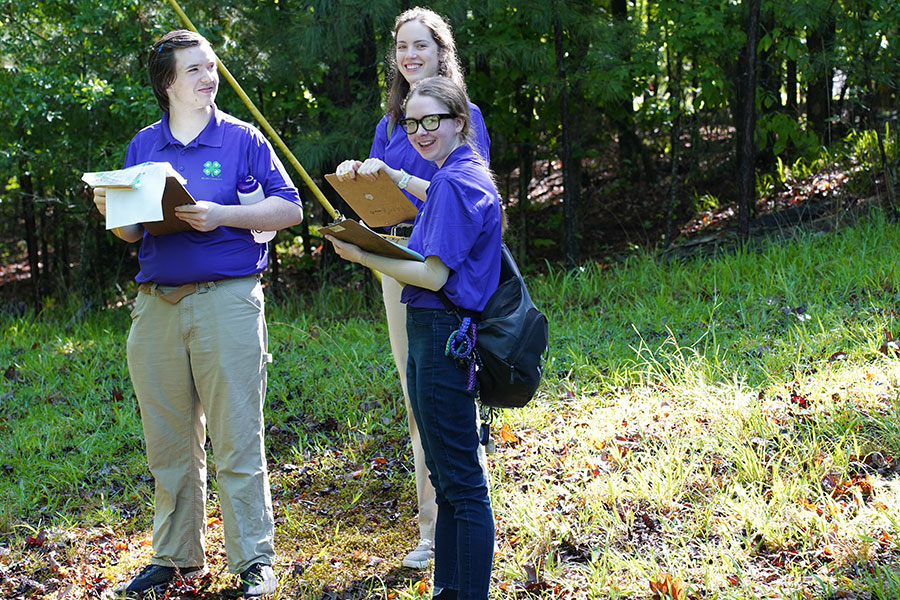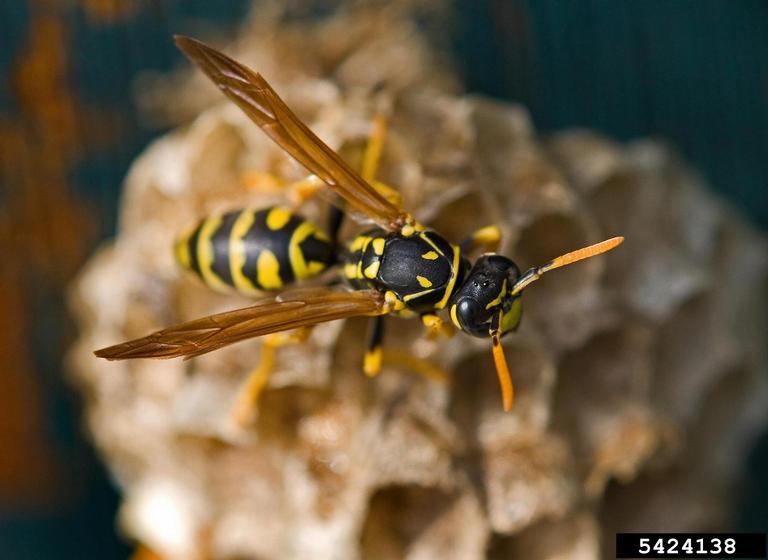By Whitney Boozer
University of Georgia
 Most of us are familiar with ants. They are the small critters that eat our food at picnics and sting us if we make them mad. But if you take a closer look, you will see a side to these amazing insects that you may have never noticed before.
Ants are found in the same order as bees and wasps, Hymenoptera. Like bees and wasps, ants exhibit an interesting type of behavior. They are what are known as social insects. They exhibit coordination and communication, different members have different duties and older ants serve as nursemaids for the larvae.
Most of us are familiar with ants. They are the small critters that eat our food at picnics and sting us if we make them mad. But if you take a closer look, you will see a side to these amazing insects that you may have never noticed before.
Ants are found in the same order as bees and wasps, Hymenoptera. Like bees and wasps, ants exhibit an interesting type of behavior. They are what are known as social insects. They exhibit coordination and communication, different members have different duties and older ants serve as nursemaids for the larvae.
A job for everyone
Ants live together in colonies. They have a caste system for division of labor and the different life stages (egg, larva, pupa and adult) all occur together in the same colony. The ant’s life cycle is classified as complete metamorphosis. This means it consists of an egg, larva, pupa, and adult. The egg is usually deposited in the summer among most species, although they can be deposited at any time throughout the year. Ant eggs are white and oval shaped, usually around a millimeter in length.Fed like baby birds
An interesting fact about the ant egg is that an unfertilized egg will produce a male while a fertilized egg will produce either a queen or a female worker. It usually takes about 25 days for an egg to hatch into the larval stage. Ant larvae look like worms. They have no eyes or legs, and their ability to move is very restricted. They feed on food that is regurgitated by adult ants. The larva molts around three times and at 10 days forms a cocoon. Inside the silk cocoon, a creamy white pupa forms. This is the stage in which the body of the insect metamorphoses into the adult. This usually takes around two weeks. The total life cycle of an ant, from egg to adult, can take six to 10 weeks. When the adult ant first emerges from the cocoon, its body is soft and light in color. Within a few hours, the body darkens and the exoskeleton completely hardens.Three kinds of adult ants
There are three types of adults: The queen, which is the only reproductive female; the workers, which are sterile females; and the males, which will mate with the queen. The male usually dies within two weeks of mating and does not participate in colony activities. The reproductive females leave the colony to start their own nests, and the workers remain to tend the queen(s) in the colony and take care of all the immatures (egg, larva and pupa). So, now that you know a little ant biology, you may find them incredibly interesting like I do. Or you may still choose to sprinkle ant poison around your lawn or squish ants that crash your picnics.





